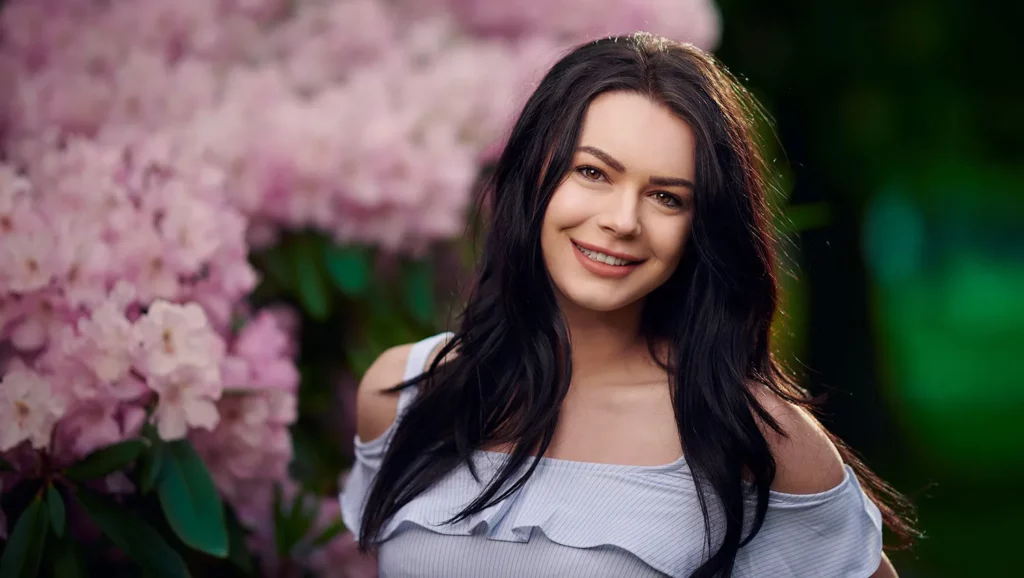Manufacturers of cameras are continually releasing new models and lenses in an effort to improve their products and become the best, quickest, lightest, most accurate, etc.
Therefore, a list of the “best cameras” could become outdated soon after it is published. In light of this, we will examine a few particular cameras, any of which might be considered to be the greatest camera for headshots, but first we must comprehend what we are looking at, namely:
This is significant because no single camera will be able to beat off the competition to claim the title of “Best Camera for Headshot Photography.” It will always involve a mix of the aforementioned factors as well as the specifics of the shoot.
This article does not claim to be the only resource for choosing the best camera; rather, it provides general advice to assist readers gain a basic grasp of the different types of cameras that are available, as well as their advantages and disadvantages. This should provide you with some additional suggestions to aid in making the best decision for yourself.
Last but not least, when we talk about the “best camera for headshots,” we mean professional headshot pictures rather than something that can be quickly taken and shared on Facebook.
Best Camera Type for Headshot Photography
There are many various kinds of cameras, so learning about them would definitely be a good place to start. There are many variations, as with anything these days, but we’ll stick to the most prevalent ones.
Almost everyone has owned a compact camera at some point. These little, typically less expensive cameras, sometimes referred to as “point and shoots,” are designed for regular use. They typically just feature one fixed lens and nearly always include a small LCD screen on the back in place of a viewfinder. They are excellent for travel, scenery, and “fast snaps,” as well as for convenience of carrying. You can choose replaceable lenses and other features at the more expensive end.
The smartphone has mostly taken the place of compact cameras for the general public’s casual photographers. Convenience has surpassed image quality as a result of recent significant advancements in smartphone lenses and capabilities, as well as the prevalence of mobile devices. Having said that, the modern smartphone camera is more than sufficient for these uses since the majority of photo sharing now occurs online and via social media.
The majority of us see the DSLR camera when we picture “professional cameras,” which are often big, have interchangeable lenses, and are manufactured by Nikon or Canon. (Digital Single Lens Reflex, or DSLR)
As the name implies, a mirrorless camera lacks the reflex mirror of a DSLR. Instead, the image is electronically transmitted to the digital viewfinder while the sensor is continuously exposed to light from the lens.
A significantly smaller (and lighter) camera body and a much quieter photo shoot result from getting rid of the mirror! They eliminate the audible clicks made by a DLSR mirror as it moves up and down.
What kind of camera is ideal for headshots, then? As we stated in the outset, the camera is made up of many different components rather than just one, so keep that in mind. However, it is fair to draw certain generalisations at this stage.
Best Lenses for a Headshot Photograph
Let’s quickly review the major lens groups rather than delving into a detailed discussion of the hundreds of lenses that are readily available.
A word on focal length, though, first. In essence, it is a millimeter-based measurement of the separation between a given spot in the lens and the camera sensor. The lens’s field of view will be smaller the farther away it is (the less it can see, going from the centre of the picture outwards). The amount of the image that can be in focus depends on the focal length and is called the depth of field of the lens.
The wide-angle lens is excellent for travel, architecture, and landscape photography. Especially if the subject is enormous, like a skyscraper, it allows you to get closer to it and captures more of the scene in the picture (a wider angle). Although they are created with the goal of minimising distortion, some is nearly inevitable. Short focal lengths characterise wide-angle lenses. Due to this, objects appear smaller than they actually are. Since wide-angle lenses offer a wide depth of field, practically everything in the image—both close-up and far-away—will be sharply in focus.
Long focal lengths of telephoto and zoom lenses result in less of the scene being captured. With a zoom lens, the focal length may be changed.
